Unlike existing treatments that focus on rehabilitation or reducing the risk of an additional stroke, the experimental drug targets the “stickiness” that can prevent injured brain tissue from functioning as it should.
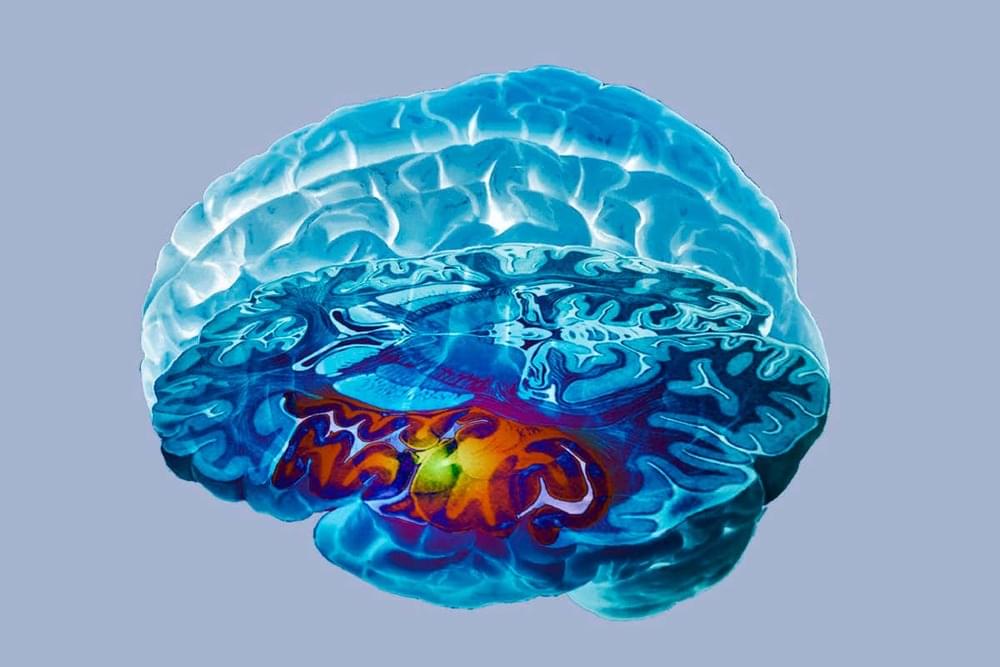

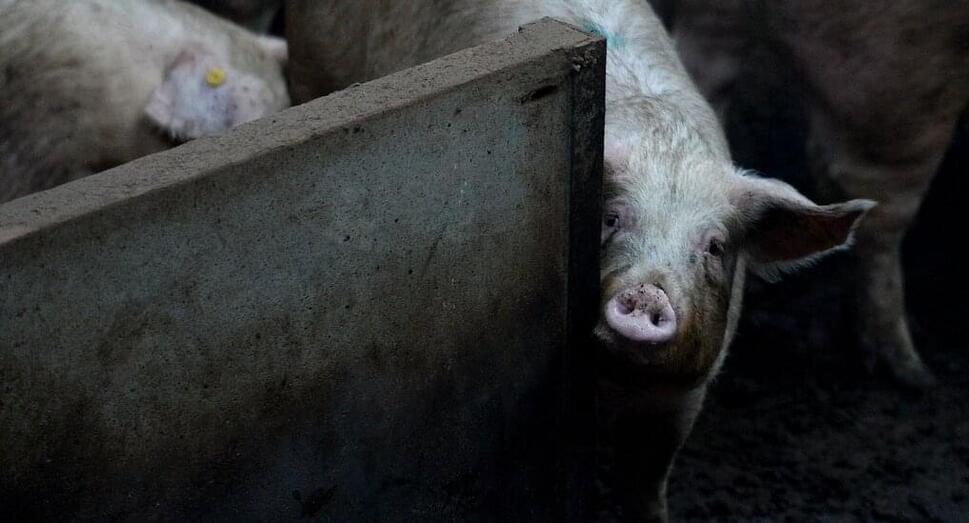

Block et al. show that combined exposure to air pollution and maternal stress during pregnancy activates the maternal immune system and induces male-specific impairments in social behavior and circuit connectivity in offspring. Cellularly, prenatal stressors diminish microglia phagocytic function,…
The serotonin hypothesis of depression is still influential. We aimed to synthesise and evaluate evidence on whether depression is associated with lowered serotonin concentration or activity in a systematic umbrella review of the principal relevant areas of research. PubMed, EMBASE and PsycINFO were searched using terms appropriate to each area of research, from their inception until December 2020. Systematic reviews, meta-analyses and large data-set analyses in the following areas were identified: serotonin and serotonin metabolite, 5-HIAA, concentrations in body fluids; serotonin 5-HT1A receptor binding; serotonin transporter (SERT) levels measured by imaging or at post-mortem; tryptophan depletion studies; SERT gene associations and SERT gene-environment interactions. Studies of depression associated with physical conditions and specific subtypes of depression (e.g.
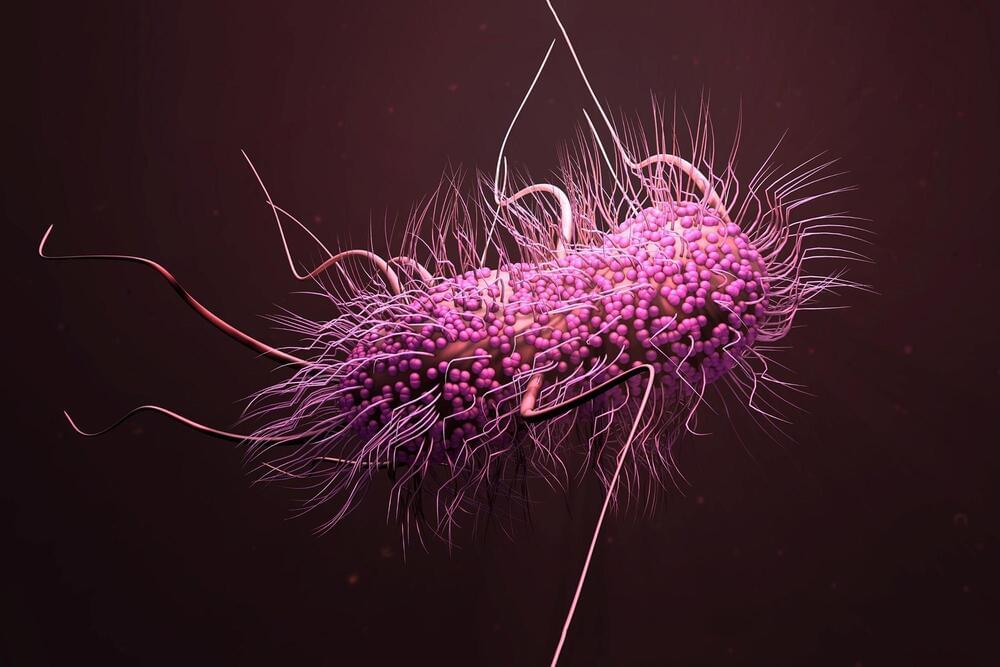
According to recent research, pig farming’s extensive use of antibiotics has likely contributed to the emergence of a highly antibiotic-resistant strain of the superbug MRSA, or methicillin-resistant Staphylococcus aureus, in livestock during the last 50 years.
Over the last fifty years, the strain, known as CC398, has overtaken other MRSA strains in animals across Europe. It is also a rising source of MRSA infections in humans.
According to the study, CC398 has remained resistant to antibiotics in pigs and other animals for many years. Furthermore, it can quickly adapt to human hosts while still preserving its antibiotic resistance.

Got a protein? This AI will tell you what it looks like.
AlphaFold was recognized by the journal Science as 2021’s Breakthrough of the Year, beating out candidates like Covid-19 antiviral pills and the application of CRISPR gene editing in the human body. One expert even wondered if AlphaFold would become the first AI to win a Nobel Prize.
The breakthroughs have kept coming.
Last week, DeepMind announced that researchers from around the world have used AlphaFold to predict the structures of some 200 million proteins from 1 million species, covering just about every protein known to human beings. All of that data is being made freely available on a database set up by DeepMind and its partner, the European Molecular Biology Laboratory’s European Bioinformatics Institute.
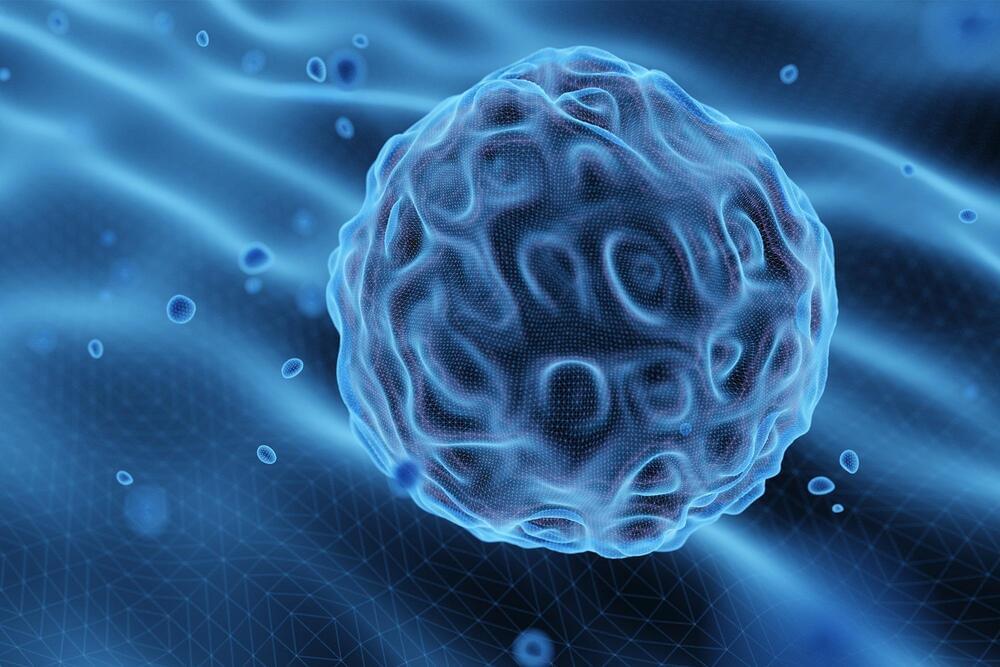
An organism uses programmed cell death as a critical tool to maintain its health. Various stress responses are triggered when a cell does not operate as it should. These responses aim to bring back the original cell function.
One example is the process known as autophagy, in which a cell partly digests itself in order to acquire energy that it can utilize for its own repair. Should these efforts fail, the cell dies. This enables the body to combat conditions including infections, diabetes, cancer, and neurodegeneration.
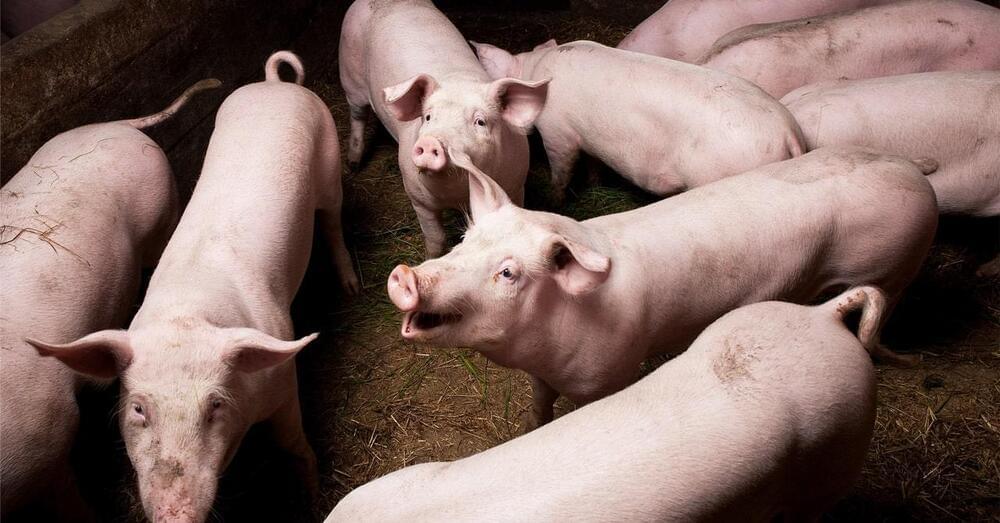
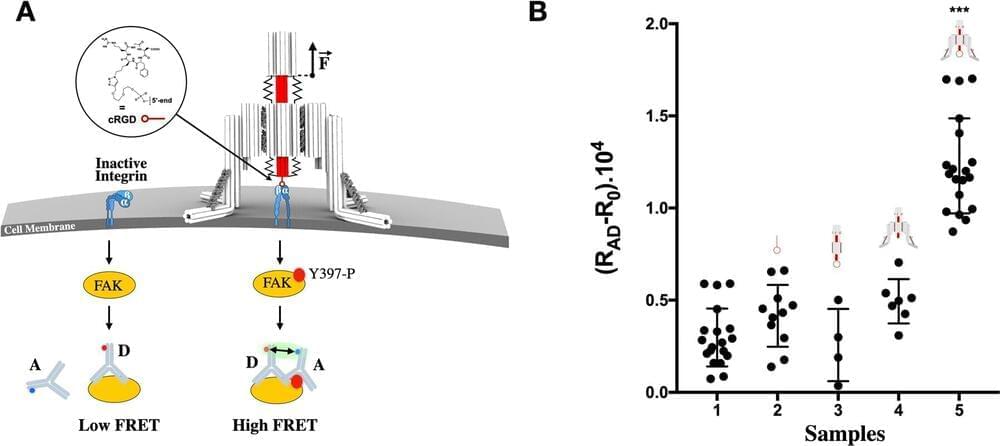
Constructing a tiny robot from DNA and using it to study cell processes invisible to the naked eye… You would be forgiven for thinking it is science fiction, but it is in fact the subject of serious research by scientists from Inserm, CNRS and Université de Montpellier at the Structural Biology Center in Montpellier. This highly innovative “nano-robot” should enable closer study of the mechanical forces applied at microscopic levels, which are crucial for many biological and pathological processes. It is described in a new study published in Nature Communications.
Our cells are subject to mechanical forces exerted on a microscopic scale, triggering biological signals essential to many cell processes involved in the normal functioning of our body or in the development of diseases.
For example, the feeling of touch is partly conditional on the application of mechanical forces on specific cell receptors (the discovery of which was this year rewarded by the Nobel Prize in Physiology or Medicine). In addition to touch, these receptors that are sensitive to mechanical forces (known as mechanoreceptors) enable the regulation of other key biological processes such as blood vessel constriction, pain perception, breathing or even the detection of sound waves in the ear, etc.

Researchers find multiple important biomarkers in people with Hikikomori (pathological social withdrawal), and they demonstrate their potential for predicting the severity of the disorder.
Key blood biomarkers for the pathological social withdrawal disorder called Hikikomori have been discovered by researchers at Kyushu University. The team’s research enabled them to distinguish between healthy people and hikikomori sufferers, as well as to gauge the severity of the disease.
Hikikomori is a condition in which people isolate themselves from society and family for a time longer than six months, according to the Ministry of Health, Labour, and Welfare of Japan. Hikikomori, also called “pathological social withdrawal,” is said to affect over a million individuals in Japan as of 2022. Although it has traditionally been thought of as a syndrome specific to the Japanese culture, evidence over the past few decades has shown that it is increasingly becoming a global phenomenon. Some fear that the COVID-19.
With the 2020 Covid lockdowns still fresh in our minds, the recent outbreak of monkeypox in the United States has many people on edge. But what is monkeypox? How significant is this outbreak? Will it get worse? How can you prepare? These are alarming questions that people across the world are asking right now, and here we hope to answer at least a few of them.
Monkeypox is a member of the orthopoxvirus genus, the same genus that also houses the variola virus that causes smallpox. While the name suggests the virus originated in monkeys, this is misleading. It is more likely that rodents and small mammals are the origin of this zoonotic disease, with the source of a 2003 outbreak coming from prairie dogs.
While monkeypox was first discovered in 1958, there are indications it has experienced changes in the last few years that allow it to be more transmissible between humans. The recent global monkeypox outbreak was first detected in May 2022, and has since reached over 6,000 confirmed cases in the United States, and over 21,000 cases worldwide, resulting in the World Health Organization recently declaring a global health emergency.